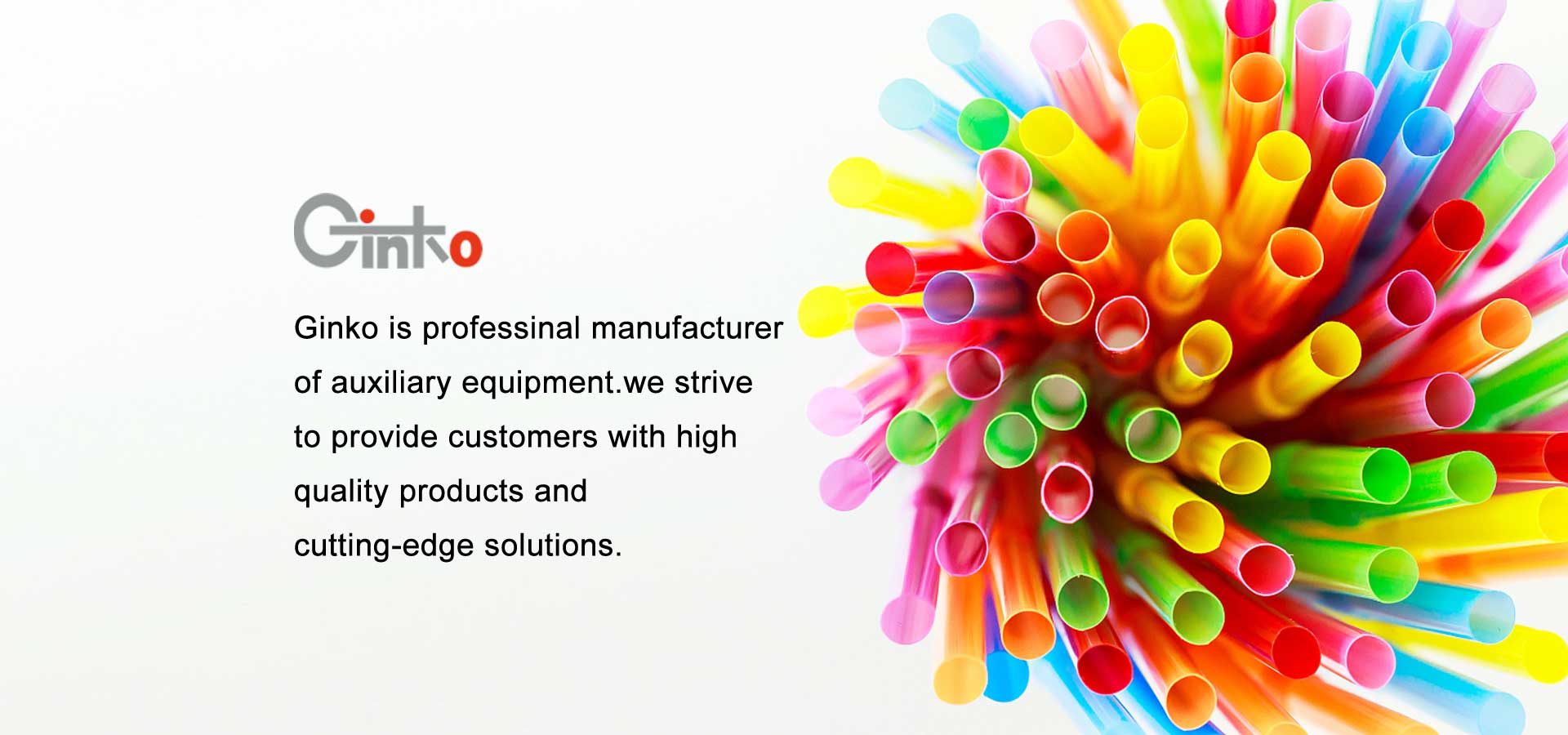How efficient is the dehumidifying dryer?
2018-08-04
The relative motion of the particles and the gas flow has a great influence on the heat transfer rate between the particles and the gas flow. In the initial drying stage, the ascending velocity of the particles just enters the drying pipe is zero, and meets the hot gas flow with higher velocity to obtain an upward direction. speed.
At this time, the convective heat transfer coefficient between the two phases is large, the material particles are continuously accelerated and enter the accelerated motion drying stage, and the heat obtained by the solid particles in the acceleration phase accounts for more than half of the heat obtained in the entire drying stage. In the later stage of drying, when the rising speed of the solid material approaches or even reaches the gas flow rate, the convective heat transfer coefficient is greatly reduced, and the drying efficiency is lowered.
In the drying process of the dehumidifying dryer, the relative velocity of the gas-solid two phases is continuously changed, the turbulence intensity at the boundary layer around the particles is increased, the contact area of the gas-solid two phases is increased as much as possible, and the contact time of the two phases is increased, which is to improve the drying efficiency. Effective measures.
At this time, the convective heat transfer coefficient between the two phases is large, the material particles are continuously accelerated and enter the accelerated motion drying stage, and the heat obtained by the solid particles in the acceleration phase accounts for more than half of the heat obtained in the entire drying stage. In the later stage of drying, when the rising speed of the solid material approaches or even reaches the gas flow rate, the convective heat transfer coefficient is greatly reduced, and the drying efficiency is lowered.
In the drying process of the dehumidifying dryer, the relative velocity of the gas-solid two phases is continuously changed, the turbulence intensity at the boundary layer around the particles is increased, the contact area of the gas-solid two phases is increased as much as possible, and the contact time of the two phases is increased, which is to improve the drying efficiency. Effective measures.





